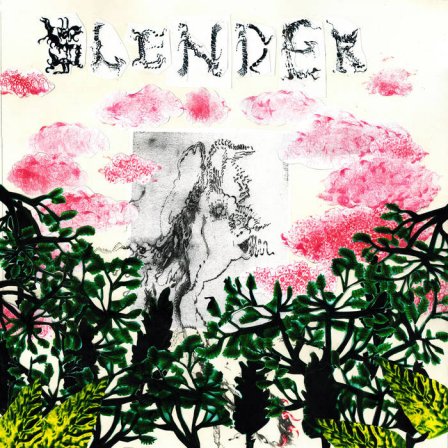“I once saw Kongo Iwao play the Chinese beauty Yang Kuei-fei in the No play Kotei, and I shall never forget the beauty of his hands showing ever so slightly from beneath his sleeves. As I watched his hands, I would occasionally glance down at my own hands resting on my knees. Again, and yet again, I looked back at the actor’s hands, comparing them with my own, and there was no difference between them. Yet strangely the hands of the man on the stage were indescribably beautiful, while those on my knees were but ordinary hands. In the No only the merest fraction of the actor’s flesh is visible … and when a mask is worn … even the face is hidden. … [T]he hands of an ordinary actor — which is to say the hands of an average, undistinguished Japanese — have a remarkable erotic power which we would never notice were we to see the man in modern attire. […] An ordinary man’s lips will not ordinarily attract us; and yet on the No stage, the deep red glow and the moist sheen that come over them give a texture far more sensual than the painted lips of a woman. […] Were the No to be lit by modern floodlamps … this sense of beauty would vanish[.] And thus the older the structure the better[.] A stage whose floor has acquired a natural gloss, whose beams and backdrop glow with a dark light, where the darkness beneath the rafters and eaves hangs above the actors’ heads as if a huge temple bell were suspended over them — such is the proper place for No.”
– Jun’ichirō Tanizaki, In Praise of Shadows, 1933
The study of psychoacoustics is primarily concerned with the interpretative side of hearing. Our inner ears are constantly computing, making sense of the vibrations — waveforms — sent their way. Prior experience, contextual awareness, and coinciding information from the other senses (primarily sight, but often — especially in the lower register — the physical sensations of touch as well) work together in an instant to provide a cognitive base upon which we make sense of sounds.
Beyond the McGuirk effect (demonstrated above; a notable introductory phenomenon within psychoacoustics that shows one of the ways in which our listening transcends our hearing alone, that our sight informs our auditory cognition), notable experiments have been developed by UCSD professor Diana Deutsch, whose “illusions” and “curiosities” reliably show us how little we know about our own ears. Deutsch uses techniques like hard panning, intervallic leaps, and tone-masking (the subtle obscuring of one sound by the introduction of another) to estrange us from our own cognition of simple structures of speech and melody. As stated in the video above, “we can’t always trust what we hear;” our senses do some interpretive work “allowing us to maintain a coherent view of the world.”
As if cast under a fog or rendered under a dim light, music that is treated with low standards of fidelity gives listeners more space for this sort of pre-conscious interpretation. While a well-rehearsed and technically virtuous band may benefit from a clearer recording that — in its clarity — will display just how well-rehearsed they are, a sloppier band will often sound best if their performance is delicately masked: their loose ends will be unified under a cloud of noise, their mistakes can be smudged over or lost altogether. Too often, lo-fi acts are dismissively accused of forging authenticity or tastelessly appealing to an audience’s shared sense of nostalgia. While I will concede that this is often at play, many recordings considered to be low in quality can thank the interpretive space left by poor representation for the very success of their persuasive affect. The less information our ears receive, the more leeway our pre-conscious mind is given to make sense of the world that has been handed us. In a time and place where even affordable equipment and software is capable of clear, accurate renderings, I often hear recordings that (it seems painfully obvious to me) could have benefited from some smudging.
Slender’s debut record Walled Garden takes the persuasive capacity of economical recording to an extreme. Through the subtle, static manipulation — and seemingly careless application — of reverb, compression, distortion, feedback, room noise, and instrumental noise, a listener’s attention is drawn to the recording’s surface, uninterrupted by the music’s steady, reliable exchange. An ordinary producer must mix tediously to convince a listener of a single originating event in the studio and its immediate, accurate capture. Walled Garden provokes a much subtler, more convincing document of a non-event in a non-space. Within these few simple songs, a number of unobtrusive, disembodied sounds bubble and rise to the top. Artifacts can’t be placed but created an ambiance that is all too familiar. By leaning toward the mundane, a minor yet affecting transformation takes place. As the best recordings do, Walled Garden goes beyond music. Consider a cloud obstructing the sun from a well-lit loft on a quiet afternoon; it is simply one moment.
More about: Anasazi, Crazy Spirit, Exotica, Perdition, Slender


